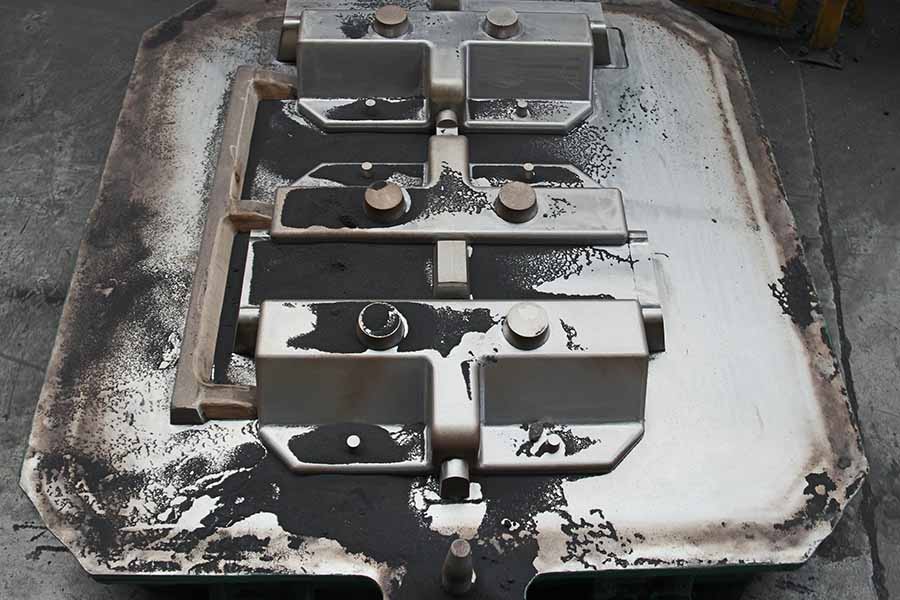In order to increase the local cooling rate of the casting, the chilled material placed inside the cavity and the working surface is called chill. Chills can be divided into two major categories: internal chills and external chills. The metal chill block that is placed in the cavity and can be melted into the casting is called internal chills; while the metal chill block placed on the surface of the pattern (core box) when (core) is called external chills.
The internal chills will eventually become a part of the casting, so it should be made of the same material as the casting. The external chills can be recycled and reused. According to the material of the casting and the strength of the chilling effect, external chills could be made of steel, cast iron, copper, aluminum, etc and non-metallic materials also could be used as chills, such as zircon sand, graphite, carbon sand, Chrome magnesia, chrome sand, magnesia, etc. because they have a heat storage coefficient greater than silica sand
Chills plays an important role in sand casting. Specifically, it is divided into the following three points:
1. Used in conjunction with the gating system and the riser to control the solidification sequence of the castings and increase the feeding distance of the riser.
1) Change the solidification sequence of the casting to make it solidify sequentially.
2) The placement of chills can increase the temperature gradient of the solidification process and make the solidification sequence more obvious.
3) Accelerate the solidification rate of the local thick parts of the casting, make it solidify at the same time as the surrounding parts, eliminate local thermal stress and prevent cracks.
4) Placing chills on the parts where it is difficult to install risers can prevent shrinkage and porosity.
5) The use of chills at local locations can control the sequential solidification of castings and increase the feeding distance of the riser.
2. Accelerate the solidification rate of castings, refine the grain structure, and improve the mechanical properties of castings. In sand casting, the effective way to increase the solidification rate is to place chills, especially at the end of the plate, where the solidification rate is faster than that without chills. For aluminum alloy castings, due to the slow solidification rate, gas is easily evolved in the alloy to form pinholes. The use of chills can reduce the pinhole degree. This is due to the chilling effect of the chills, which speeds up the solidification rate, and the gas is too late to precipitate, thus reducing the pinhole degree of the casting.
3. Chills can also be used to divide the feeder area of the riser, expand and control the feeder range of the riser, and therefore improve the feeder efficiency.
Metal Patterns for Sand Casting:

 русский
русский



